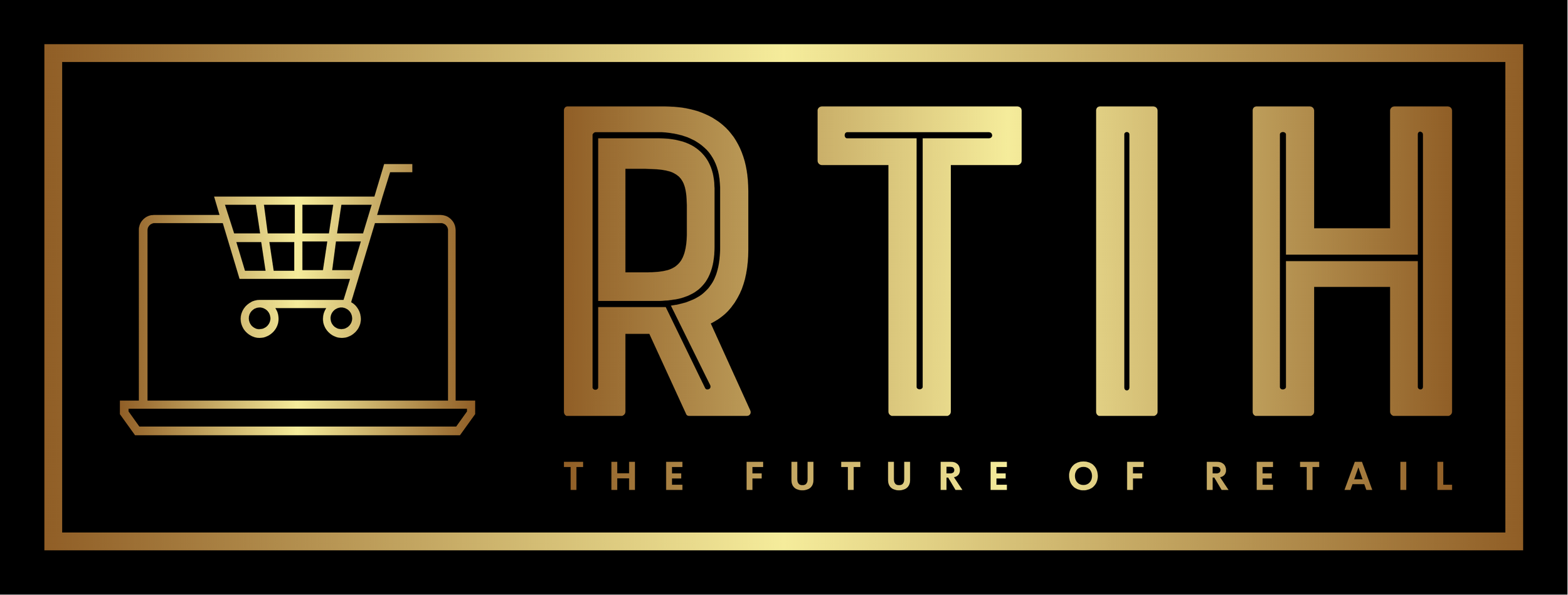Machine learning for dynamic pricing in retail
Machine learning is a subset of artificial intelligence where the system can use past data to learn and improve. This learning is automatic and does not include specific programming.
Machine learning algorithms will learn patterns from the past data and predict trends and best price. These algorithms can predict the best price, discount price and promotional price based on competition, macroeconomic variables, seasonality etc.
To find out the correct pricing in real-time retailers follow the following steps:
Gather input data
In order to build a machine learning algorithm, retailers collect various data points from the customers. These are:
Transactional data
This includes the sales history of each customer and the products, which they have bought in the past.
Product description
The brands, product category, style, photos and the selling price of the previously sold products are collected. Past promotions and campaigns are also analysed to find the effect of price changes on each category.
Customer details
Demographic details and customer feedback are gathered.
Competition and inventory
Retailers also try to find the data regarding the price of products sold by their competitors and supply chain and inventory data.
Depending on the set of key performance indicators defined by the retailers, the relevant data is filtered.
Defining goals and constraints
For every industry, pricing would involve different goals and constraints. In terms of the dynamic nature, the retail industry can be compared to the casino industry where machine learning is involved in online live dealer casino games too.
Like casinos, retail also has the target of profit maximisation and retention of customer loyalty. Each of these goals and constraints can be fed to a machine learning algorithm to generate dynamic prices of products.
Modelling and training
The past historical data of the shoppers in the retail outlet are gathered and used to train different machine learning models. Different retail pricing analytics software have come up which help in the process.
This software provides a detailed analysis of the pricing changes across all product categories as well as individual items. There are embedded dashboards using machine learning which goes through thousands of data and identify logical price changes.
Execute and price adjustment
Once the model has been trained, the output will be the price suggestions for each product. These prices will be tested on a few products first and the retailers will observe the reaction of the customers. Sometimes the output of the algorithm may be a price range instead of the exact price.
So, the retailers can use their best judgement to select a particular price from that range. This price adjustment will be dynamic and in real-time so that there is no loss due to a negative reaction to a price change.
Conclusion
Machine learning can affect retail KPIs to a large extent. It helps retailers to devise more complex strategies that can help them to achieve their targets. Price optimisation is one of the biggest problems in the retail industry and machine learning can successfully address this issue.
